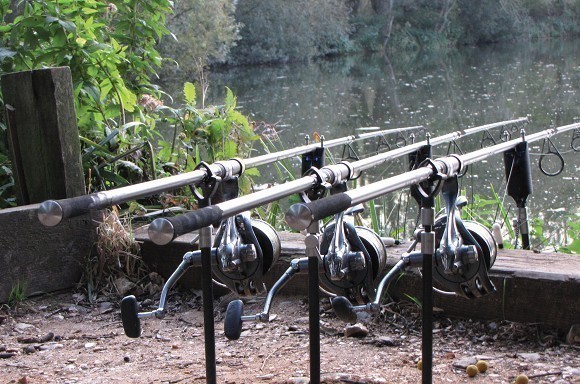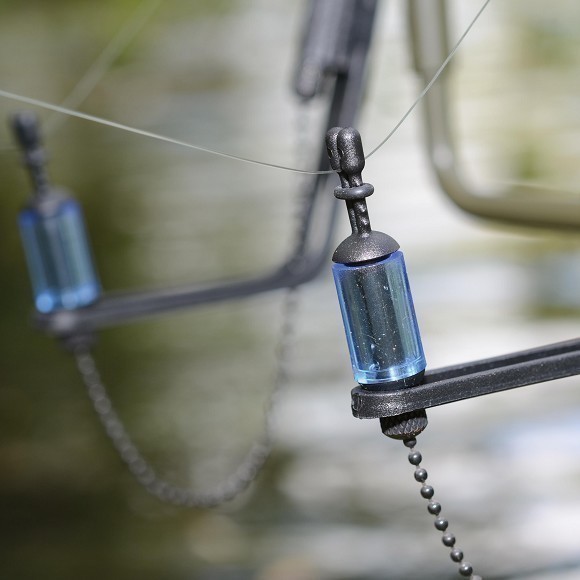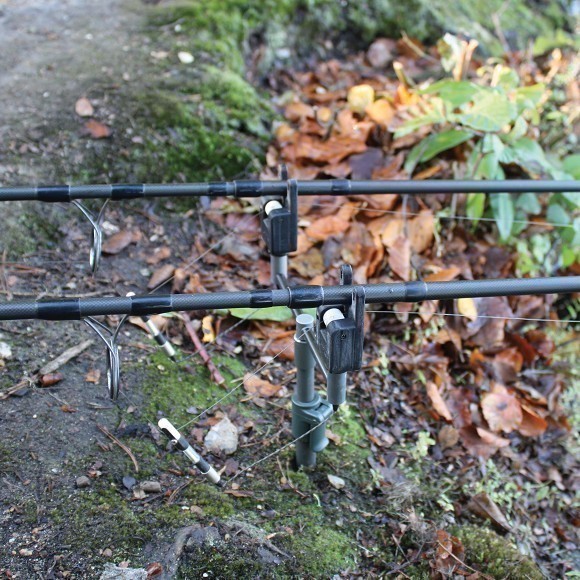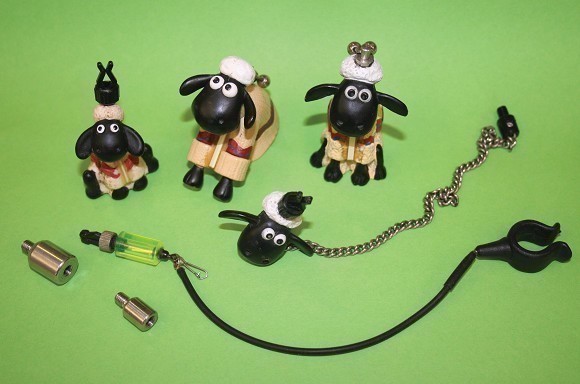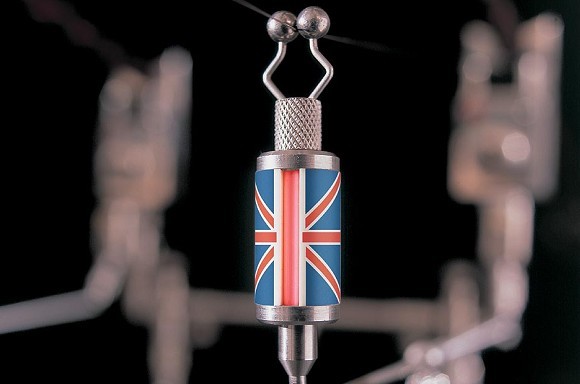
What indicators do you use and why?
We ask five of the country's top anglers for their opinion...
Keith Williams
“I personally use Nash SlapHeads. I carry three sizes but generally use the small ones for the type of fishing I do, which at the moment is fishing small lakes. The SlapHeads are brilliant for slack line fishing, especially when I am using fluorocarbon main line. In this situation I don’t want a bobbin to lift my main line off the bottom, so I fish them with a good drop from the indicator. For long-range, I would use the heavier SlapHeads, fishing with mono or braided main line. The heavy heads give excellent awareness of a successful run or of any drop-backs because they are on chains and have ball bearings to trap your main line and they quickly release from the line upon striking.”
John Elmer
“Due to most of my angling being mainly in the margins, I tend to use a lightweight PTFE bobbin. The reason I like these bobbins is that it enables me to fish a semi-slack line. It also gives a nice drop in the line from the tip eye of the rod section.
“Another type of bobbin that I still use and rate are bottle tops. That’s right, the old ones are the best. This enables me to fish the bobbin off the deck and due to it weighing practically nothing there is no resistance on the line. So you still get that slack line effect. These are the two bobbins I use for all my fishing situations and they have never let me down yet.”
Lewis Read
"These days, I use the lightest possible bobbin style indicator for the angling situation that I am facing. If you tailor the weight of your indicator against the weight of your main line, the seemingly conflicting requirements of good bite indication and nice line lay will not be compromised.
“For instance, when I am slack-lining at close-range, either with the ultra heavy Mirage Fluorocarbon or a good sinking copolymer like GT80, I drop down to the ultra lightweight 3gm
“At longer range or when fishing over pronounced topographical features the line lay will naturally be more difficult to get perfect, in which case you inevitably need to compromise somewhere and this normally means using a tighter line and considering the placement of the hookbait in relation to those features to get the best possible line lay. In this scenario I will change over to a slightly larger Bug Bobbin, my favourite being the
Dave Ellyatt
"“I have been using the Dave’s Danglers Elstow bobbins for a couple of years, after a friend recommended them to me. I really rate them and haven’t used anything else since. Most of my fishing is at short- to medium-range so I generally fish with a fairly slack line and the Elstow bobbins are perfect for that whilst still providing excellent sensitivity. When using light bobbins in the past for slack line fishing they were often affected by wind or undertow but this problem is largely eradicated by the Elstow’s.
“These bobbins incorporate a 5g stainless steel weight in the base plugged into a clear tube which houses the isotope and above this is a section of PTFE or acrylic attached to which is the all important carbon line clip which is adjustable by means of a small grub screw and grips the line without causing any damage.
“To get the best out of them when fishing slack lines, they should be set-up as in the photo. Slacken off the line as much as you want, set the clutch or Baitrunner tension on the reel and then attach the bobbin with a tight line from the reel behind it. The bobbin should lean back towards the butt guide or line clip above it on the rod blank. The line in front of the bobbin then remains as slack as you want and is not affected by the weight of the bobbin, but because the bobbin is clipped directly to the line, even small movements are indicated. Alternatively, when fishing a tighter line at longer range the bobbin can be set at a more upright position where its weight comes into play and more add-on weights can be used if required. I use cords made from short sections of ESP leadcore with the lead wire removed and find that these perform adequately.
“The only thing I don’t like about these bobbins is that they can’t really show drop backs but at short- to medium-range that is rarely an issue unless you are fishing up against an island or far bank margin.”
Shaun Harrison
From one time having to make everything we used ourselves, as you simply couldn’t buy carp gear in the shops (seems difficult to believe now) it seems the only remaining item I have that I now produce myself is my visual indicators.
“I have used various sizes of ‘Shaun The Sheep’ bobbins for years now. All accept add-on screw in weights enabling me to fish from the tiniest size I carry for ultra close-range margin fishing right through to my heavy weight river and large undertow still water versions.
“I prefer the simplicity of the simple chain connections. My chains appear to be longer than a lot of what I see on the bank. This is because I always try and fish my indicators at half-mast so as to show liners rather than have them tight to the rod. Also, the longer chain gives a lot more warning bleeps in the advent of a fast drop back.
“We spend a lot of time looking at our indicators so why not bring some fun to it so long as they perform as well as other types? During drop-backs it looks like the sheep is tilting down to munch the grass!”



